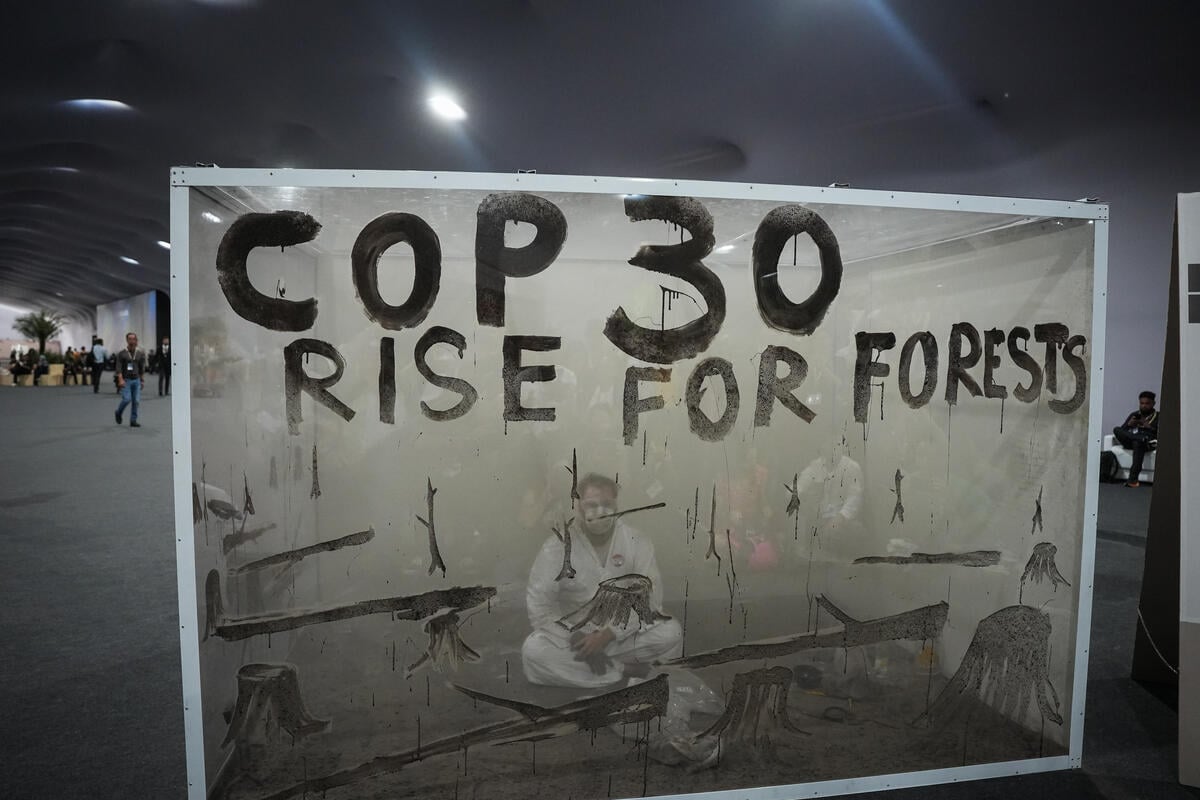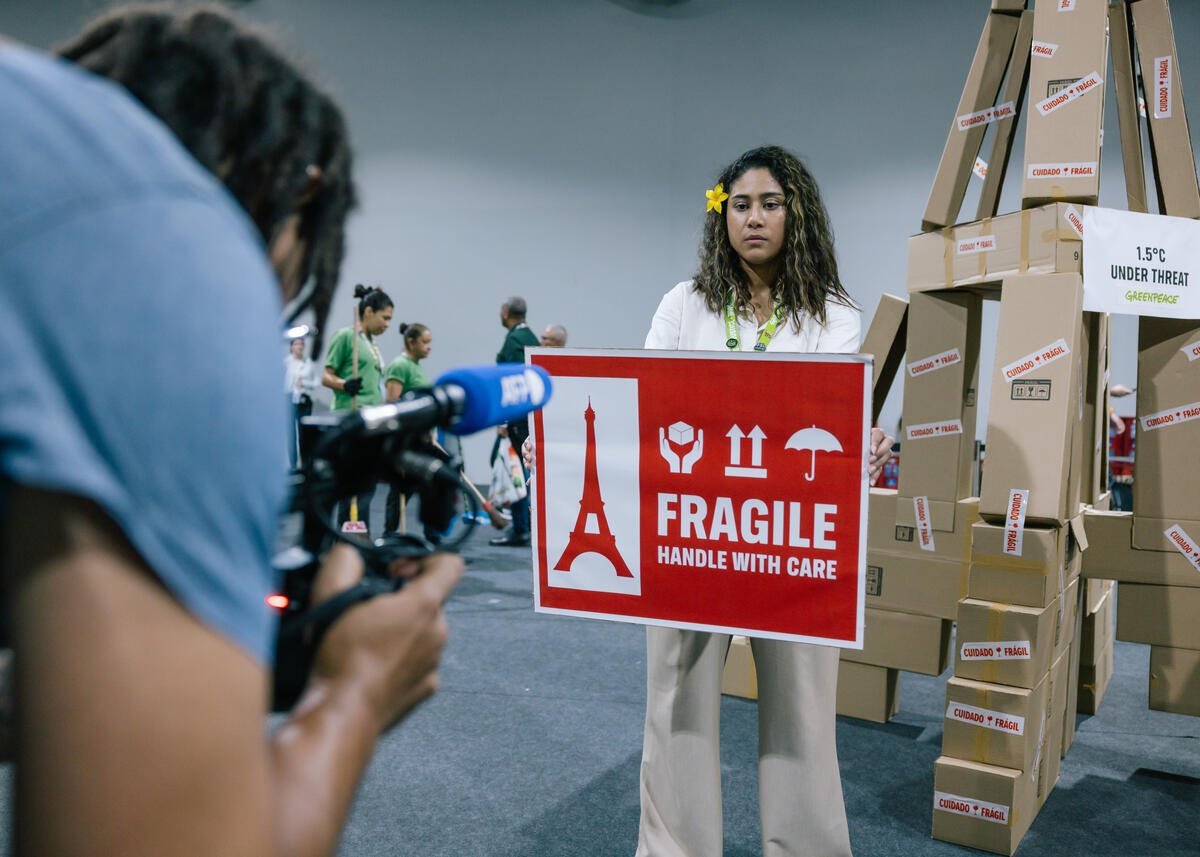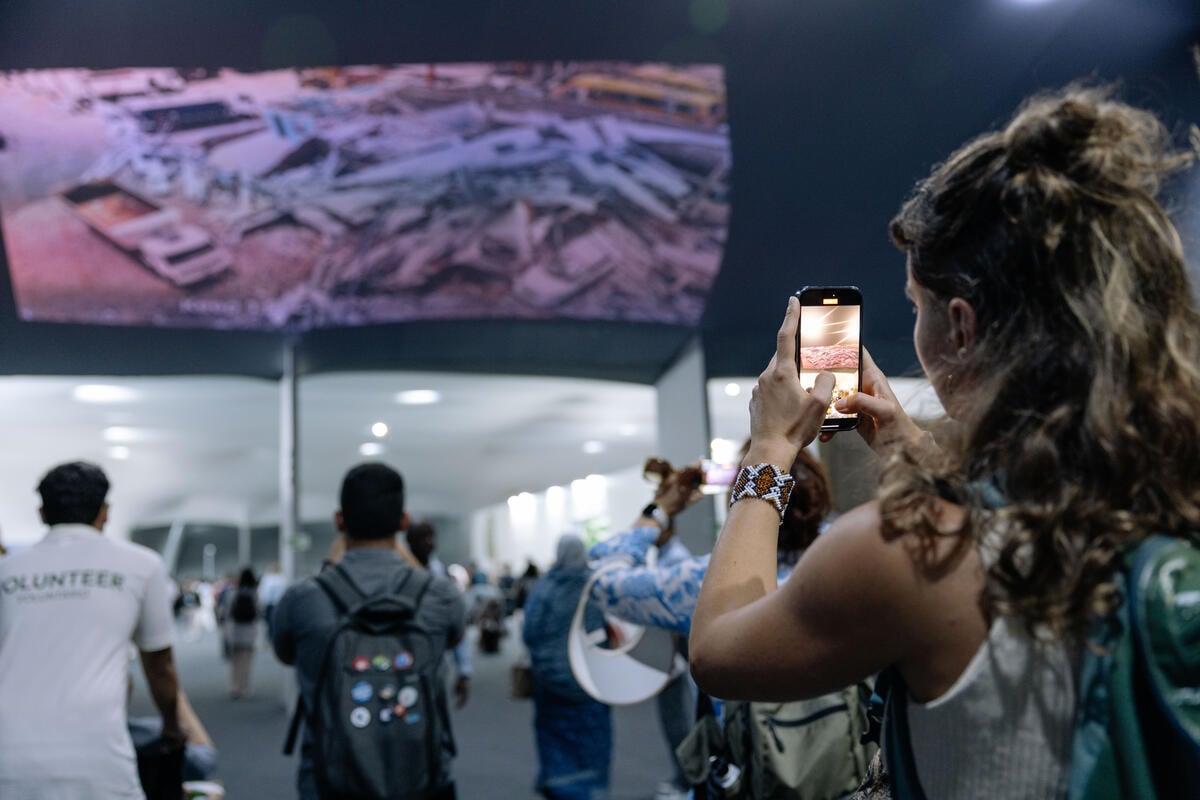It is no accident that there are fires all across Brazil, and it is no accident that the fires this year are worse than last. In fact, the fires in 2020 are the worst in the last decade.
The world is looking in horror for the second straight year as historic blazes ravage the world’s largest tropical forest. All the while, instead of fighting the fires, the Brazilian government fans the flames by emboldening those who are setting the fires to expand their agribusiness.
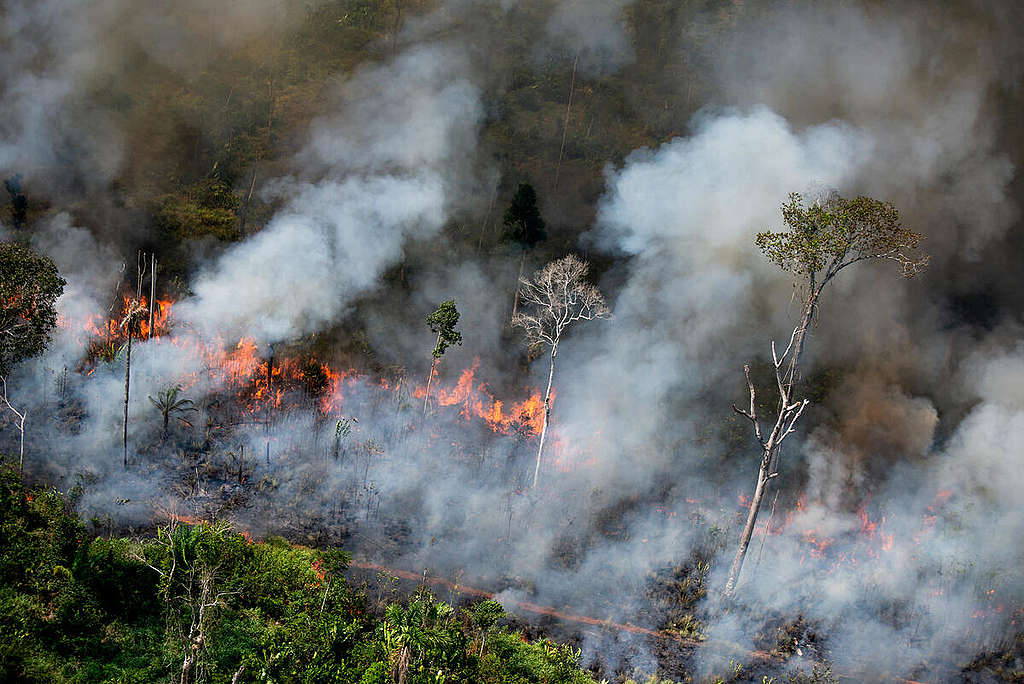
What’s worse, the Amazon is not the only biome in Brazil that is on fire. The Cerrado savannah has already registered more than 38 thousand fire hotspots this year, and the Pantanal wetlands, a biome rich in biodiversity, home to the biggest number of spotted jaguar, has already had 23% of its area destroyed.
Last year, more than 1 million hectares of forest were burned in the Amazon, and the destruction won’t stop unless we take action.
Brazilian President Jair Bolsonaro may be willing to sacrifice vital ecosystems in Brazil for profit, but the true cost of losing the forest is incalculable. The more fires there are, the farther away we get from beating the current climate, health, and biodiversity crises, and the greater the risk to Indigenous Peoples and traditional wisdom that protects the forest.
The fires in Brazil are not natural. Greedy and reckless people are the arsonists. But what are the reasons behind all this destruction?
The meat on our plate

Industrial agriculture is the biggest driver of deforestation – the practice of clearing forest to make way for agriculture or grazing – in the world. In Brazil, cattle ranchers and land-grabbers set the Amazon on fire to illegally clear land and expand their destructive business. Cattle ranching is estimated to have directly caused 80% of deforestation in the Brazilian Amazon.
Land in Brazil is not only being destroyed to make way for cattle raising. Even though deforestation for soy production is banned in the Brazilian Amazon, the Cerrado Savannah has become a gigantic soy farming field, expanding into a biodiversity-rich biome and threatening and displacing traditional communities that have lived in the region for generations. The production of soy is also directly related to the meat the world is eating. 90% of all the soy produced in the world is destined to feed livestock. We’re growing food to feed food.
Guardians of the forest under threat
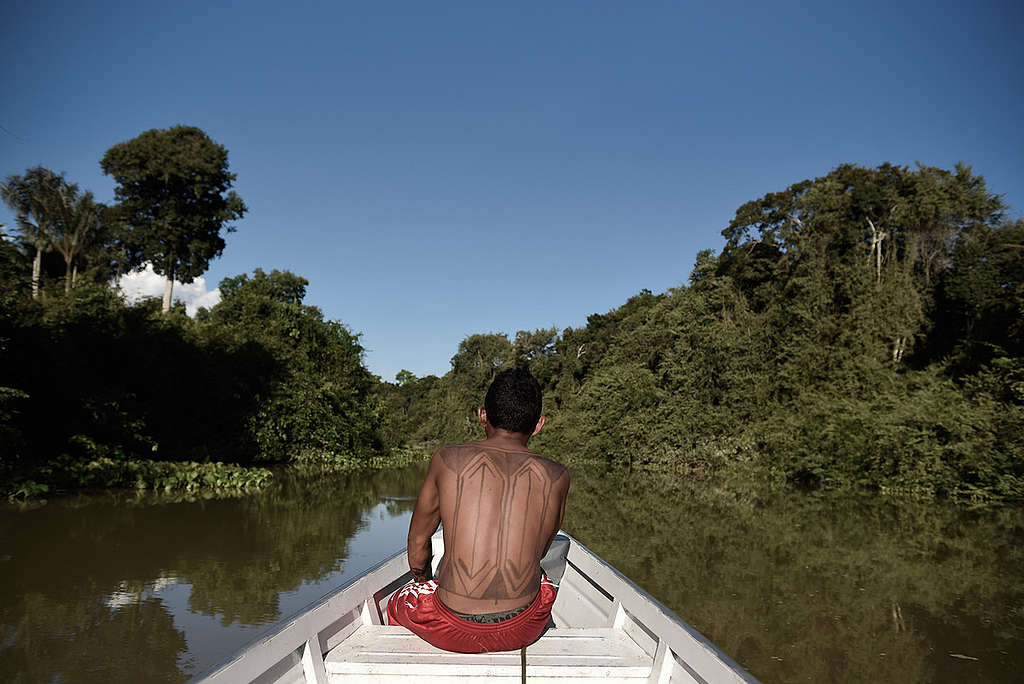 © Anderson Barbosa / Greenpeace
© Anderson Barbosa / GreenpeaceThe destruction of the Amazon, the Cerrado and the Pantanal doesn’t happen only on public lands. Indigenous Peoples have been fighting to protect their territories and the forest for generations, but their lands are constantly invaded by land-grabbers, loggers and miners. These invasions are a violation of Indigenous Peoples’ constitutional rights and a threat to their lives. The Brazilian government should be protecting Indigenous rights, but instead, it enables the destruction and weakens federal agencies whose goal is to monitor and protect Indigenous Peoples’ lands.
The COVID-19 pandemic has added another threat to Indigenous Peoples’ lives. With a mortality rate three times higher than the rest of the Brazilian population, Indigenous Peoples are facing an even bigger threat, with miners and other invaders risking to bring the pandemic into their territories. As of 2 October, more than 34 thousand Indigenous Peoples have been diagnosed with COVID-19, and 837 people have died in Brazil. Indigenous lands are one of the most effective ways to protect the forests. As invaders seize their lands and the populations are put at risk, the world risks losing the knowledge of how to best care for the Amazon.
A government of lies
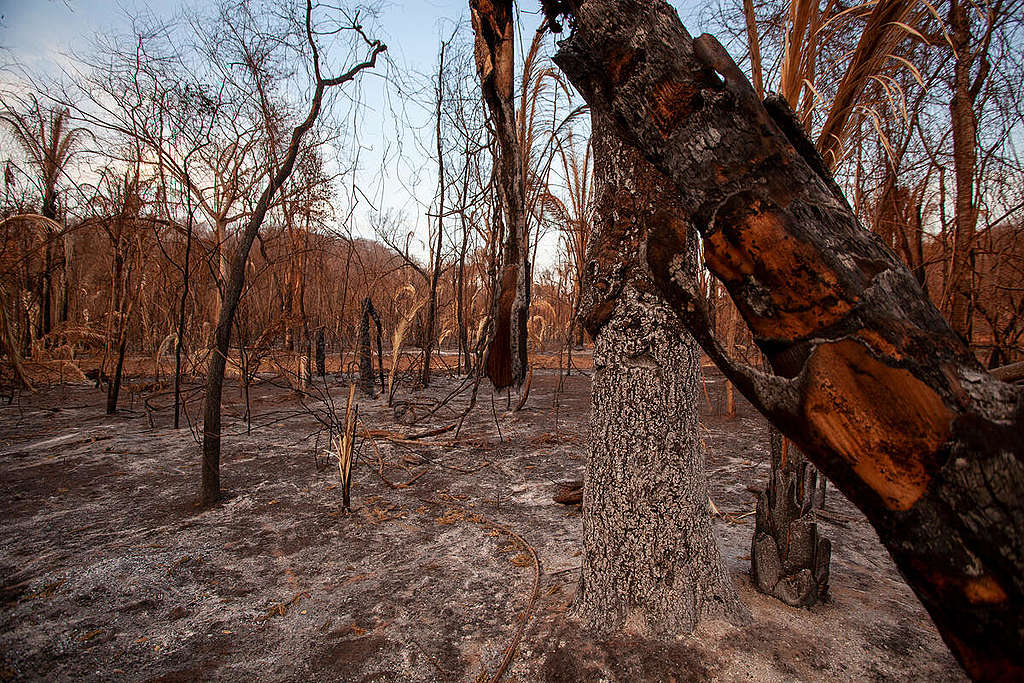 © Leandro Cagiano / Greenpeace
© Leandro Cagiano / Greenpeace
 © Rogério Assis / Greenpeace © Rogério Assis / Greenpeace” alt=”Aerial View over Amazon Rainforest
© Rogério Assis / Greenpeace © Rogério Assis / Greenpeace” alt=”Aerial View over Amazon Rainforest